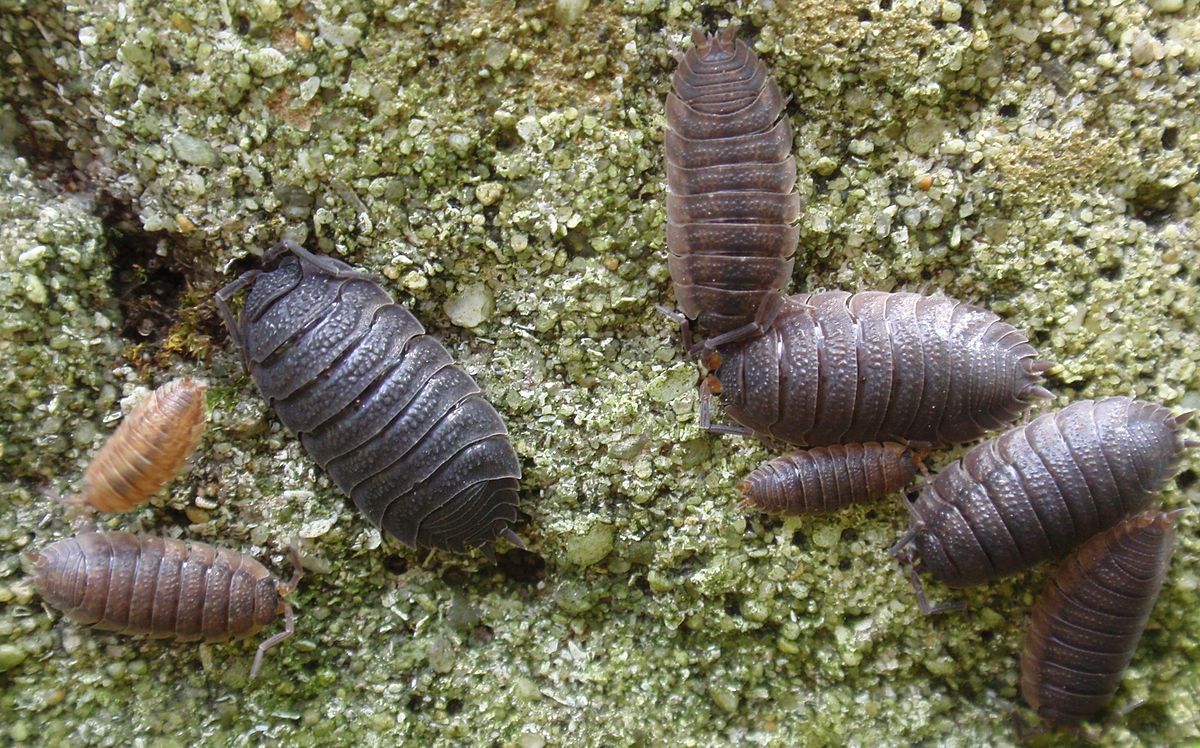It will start!
The days are getting longer, the average temperature is creeping up, daffodils and crocuses are already blooming. Compost is sprinkled and raked in the vegetable garden. Under glass or in a greenhouse can already be sown.
When the average temperature rises above 7°C, the grass starts to grow and weeds also appear. Insects come out of hibernation, bees go in search of nectar and some insects go in search of fresh young leaves. Fungi and other pathogens become active as the temperature rises.
Cabbage whiteflies have overwintered on evergreens and multiply rapidly in the spring to colonize cabbage plants and strawberries in the vegetable garden.
Seed plant disease, a fungus, affects young beet plants in the spring.
Fortunately, it is not all doom and gloom in the vegetable garden. Sufficient nutrients and water ensure healthy crops that can take a beating. Crop rotation keeps soil parasites in check. Clean tools prevent the transmission of pathogens.
If there is something wrong in the vegetable garden, this website offers a solution. This relational database provides an overview of diseases and pests per crop. For each pest it is stated what can be done about it and how to prevent it.

Woodlice live on organic material and thus contribute to the formation of humus in the soil. Woodlice works well underground, but unfortunately above ground that is not the case. In early spring, when the first seedlings emerge, woodlice eat young seedlings. Flowers and early fruit such as strawberries can also be affected.
Insects, spiders, frogs and birds are the natural enemies of the woodlice.
